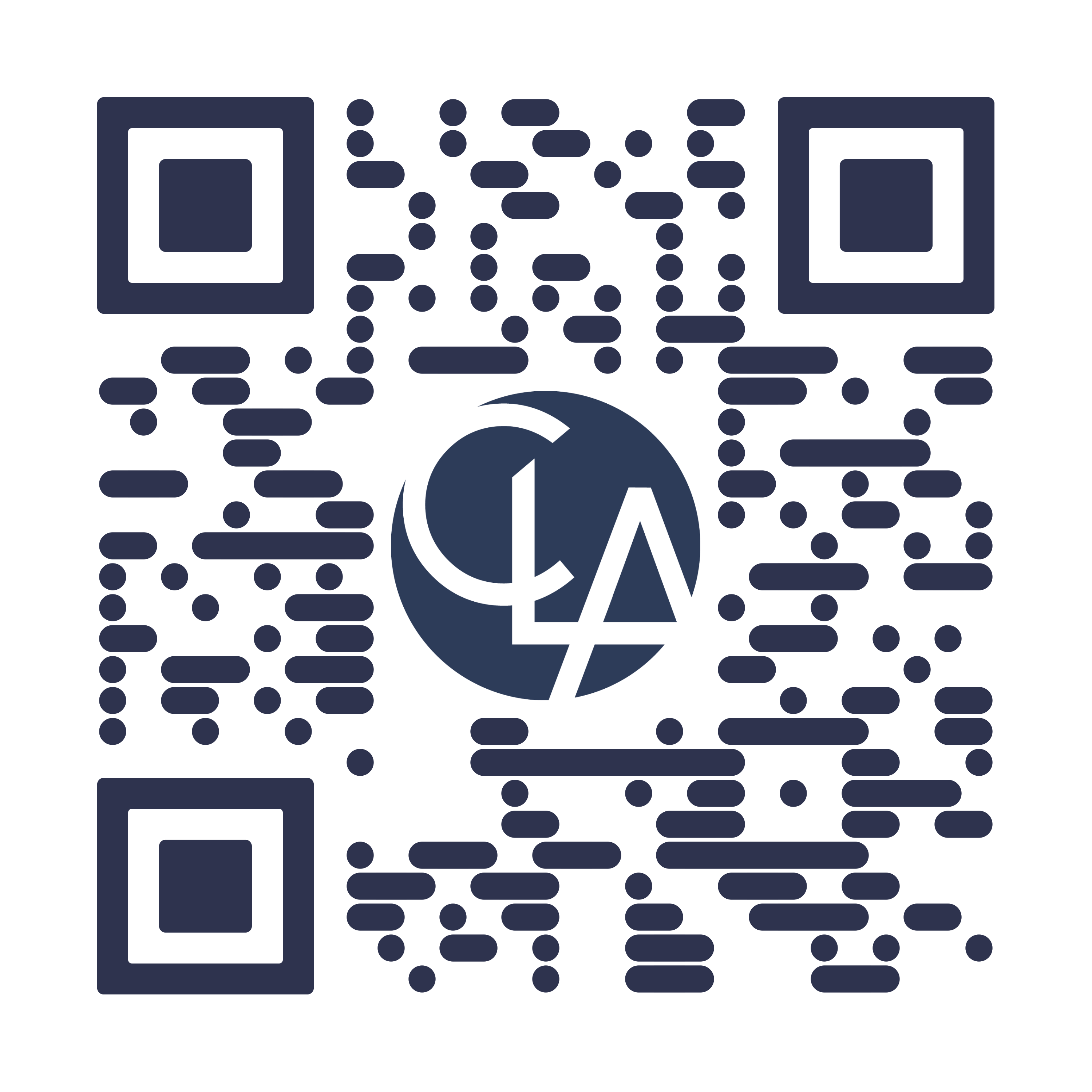Key insights
Bad planning is a major cause of ERP implementation failure, and it’s important to establish specific goals and objectives, assess current processes, and create a comprehensive workflow outline.
Data migration is a complex process requiring careful planning and cleanup to avoid importing inaccurate, outdated, or incomplete data into the new system.
Proper training can affect day-to-day responsibilities as employees try to balance their normal jobs with hours of training and complex learning.
It may be better to bring in an outside team of professionals who can take on your employees’ day-to-day job responsibilities or coordinate the project, create a plan, and help keep the project on schedule and within budget.
Failed or overrun projects can cost much more than the cost of engaging outside professionals, who have the skillset and knowledge to execute a successful implementation.
Are you delaying your much-needed ERP upgrade?
Have you carefully planned the required capacity and resources for your ERP project? A poorly planned and executed implementation can have serious business consequences, including cost overruns, system downtime, security lapses, and business process disruptions. On average, about 70% of ERP projects fail to achieve their goals, often due to common causes like an ineffective project team or inadequate testing.
Learn some of the main causes of why this happens — and strategies to help you sidestep pitfalls and make your implementation successful.
Mistake #1: Bad planning
The planning stage is where mistakes take the most effort to fix, likely because you won’t identify what went wrong until you’re well into implementation. Planning involves everything from selecting an ERP system for your specific needs, to assembling a team, analyzing existing business processes, and creating a detailed project plan.
- Establish your specific goals and objectives and outline what the ERP system is expected to do
- Assess current processes, policies, infrastructure, and resources
- Create a comprehensive workflow outline, with clear timelines, roles, and responsibilities throughout
Consider hiring ERP implementation professionals to help design the system, identify risks, and offer guidance throughout the process.
Mistake #2: Overloading your staff
Assigning ERP implementation to someone who already has a full-time job is never a good idea. Not only could they be missing the technical background necessary to manage the project, it’s likely they won’t have time on top of their regular responsibilities.
Consider bringing in an outside team of professionals who can take on day-to-day job responsibilities to allow your staff to concentrate on your ERP project. Or, they can take responsibility for running the project, including creating a project plan, tracking progress, and helping to keep the project on schedule and within budget.
Mistake #3: Not cleaning up the data
Data migration means lots of cleanup from lots of systems. Most organizations don’t take the opportunity to identify unnecessary or incomplete information, and they end up importing messy data into the new system. One of your organization’s goals should be to have accurate and better information available after implementation.
Make a migration map to help you identify relevant and useable accounts and data. Decide which accounts and level of data to bring over (e.g., each journal entry, consolidated), and make sure the data is compatible with the new system so you have the same historical results you were getting from the old system.
Mistake #4: Insufficient testing
So, you have an expense reimbursement system, payroll system, inventory system, fixed asset system, financial planning and analysis, and operational system — all connected to your ERP. Are they connected correctly? Are they providing the right information?
Parallel running of the two systems for a few months creates a safer, easier, and less problematic environment to work out bugs and kinks. Testing should take place as features are implemented so issues can be resolved quickly. You can also schedule testing to take place before major milestones as an interim measure.
User acceptance testing happens closer to go-live. This is one of the last opportunities to make sure the ERP system is configured according to the requirements, the data looks correct, and the business goals set at the beginning of the project are being met.
Mistake #5: Inadequate training
After you get through the testing phase, now you must deploy the ERP system and provide training to users — including accounting, finance, and operations — tailored to the specific needs of each department. Many organizations don’t consider how this could affect day-to-day responsibilities as employees try to balance their normal jobs with hours and hours of training and potentially complex learning.
Develop a comprehensive training plan with a variety of training methods (e.g., classroom, online, hands-on) to give your employees a thorough understanding of the new system. Establish an in-house team to provide ongoing training and support and be ready to troubleshoot and answer questions throughout the process.
Connect

Abdul Khan
Client Relationship Leader

Ashley Slomanson
Digital Growth Senior







